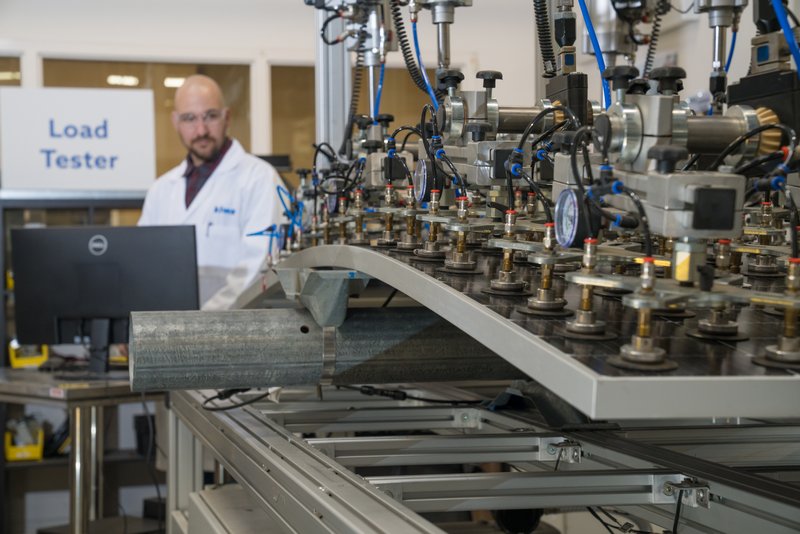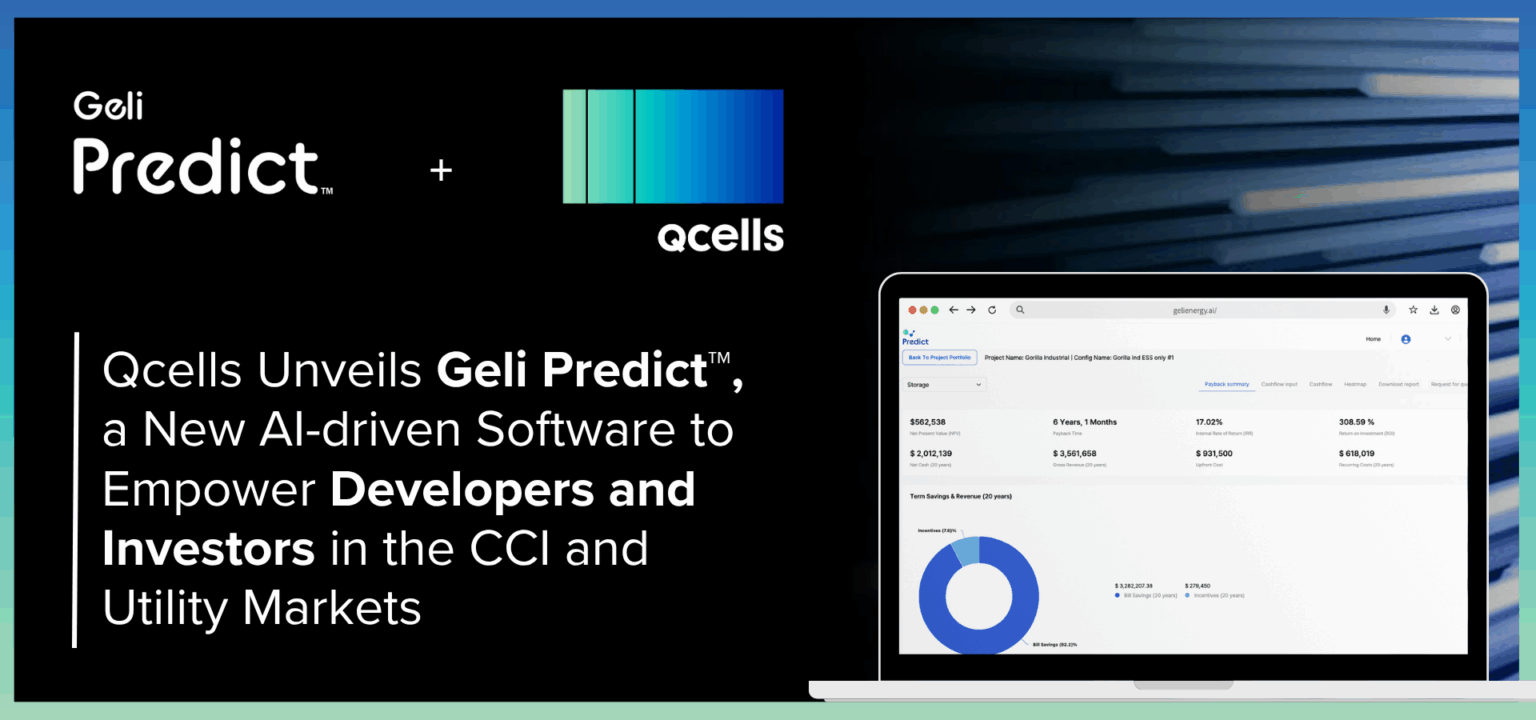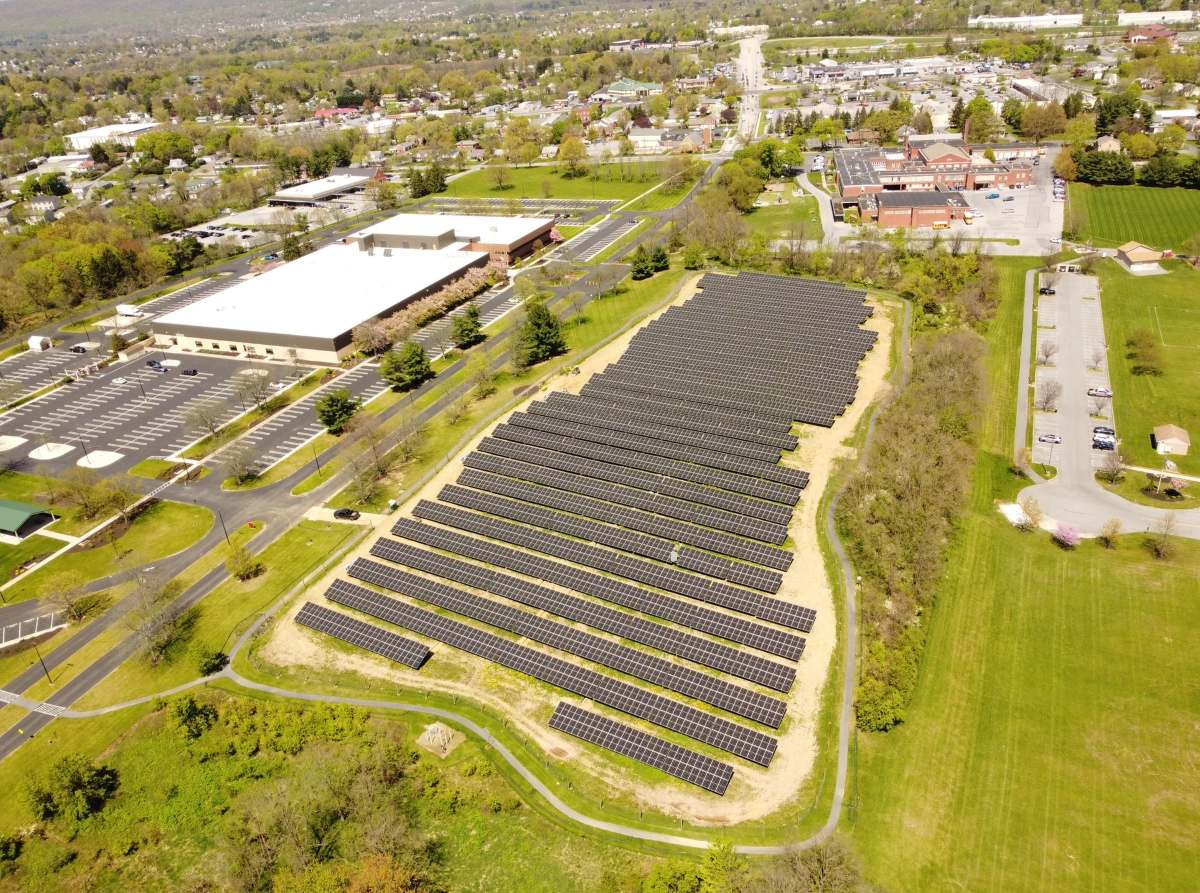Electric code debate in California could lead to higher cost ESS installs

The California Energy Commission is preparing to provide technical assistance for builders, technicians, and code officers during 2025 to prepare for enforcement of the 2025 California Electrical Code, which comes into effect in the state on January 1, 2026.
Among changes in the 2025 edition (based on the 2023 NEC) is a controversial change to the sizing of grid-tied residential ESS that, based upon AHJ interpretation, might require contractors to size a grid-tied energy storage system (ESS) to the loads using the same method that the utility grid is sized to the loads. In this article, we will address the differing interpretations of the updated NEC requirements and the potential impact. We will also share the perspectives of three different sources involved in code making and interpretation.
California Electrical Code 2025
The 2025 California Electrical Code, like prior editions, attempts to keep pace with the new technology in the solar and energy storage industries, while also updating safety requirements. The 2025 CEC was adopted on September 11, 2024, by the California Energy Commission, updating California’s Building Energy Efficiency Standards (Energy Code).
The California Electrical Code is largely derived from the National Electric Code (NEC) now in its 2023 edition. The California code and the NFPA codes are on revolving three-year cycles, so that by the time the latest edition comes out, work on the next edition has already begun. Technical committees are formed to hash out the terms of the next edition, with help from solar organizations, manufacturers, code experts, and other interested parties.
Oversizing ESS to Support Full Load
The contentious issue in the 2025 California Electrical Code is the question of whether a new grid-tied ESS in 2025 must have the capability to support the largest single load breaker in a residential main electrical panel (NEC Article 706) or the summation of all loads in the panel (NEC Article 702).
A letter submitted by the California Solar and Storage Association (CALSSA) on July 1, 2024, proposed the latter:
(2) Automatic Load Connection.
If the connection of load is automatic, an optional standby system shall comply with 702.4(A) (2)(a) or (A)(2)(b) in accordance with Parts I through IV of Article 220 or by another approved method.
a. Full Load. The standby source shall be capable of supplying the full load that is automatically connected.
b. Energy Management System (EMS). Where a system is employed in accordance with 750.30 that will automatically manage the connected load, the standby source shall have a minimum capacity equal to the EMS current setpoint in accordance with 750.30(C)1)sufficient to supply the maximum load that will be connected by the EMS.
The Background Information in that CALSSA proposal submission stated: “The 2023 NEC removes the ability of grid-connected energy storage systems (ESS) that operate in island mode to be considered a stand-alone system per Article 710. Previously, ESS were typically sized per Article 710 which requires the ESS be able to service the single largest load breaker. In the new 2023 NEC, Article 702.4, AHJs might conclude the ESS will need to be sized to service ALL loads on the backup load panel. This might require a much larger inverter than was previously considered sufficient.”
That raised some eyebrows with several Solar Builder sources, because there was no material change in NEC 2023 Article 706, which is foundational code for grid-tied ESS.
The language in question from the 2023 NEC is found in 706.16 (F) Stand-Alone Operation. “Where the output of an ESS is capable of operating in stand-alone mode, the requirements of 710.15 shall apply”.
710.15 states: “Power supply to premises wiring systems fed by stand-alone or isolated microgrid power sources shall be permitted to have less capacity than the calculated load. The capacity of the sum of all sources of the stand-alone supply shall be equal to or greater than the load posed by the largest single utilization equipment connected to the system.”
By ignoring 706 and citing 702 instead, load calculations for grid-tied ESS are completely different. Article 702.4 states that for optional standby systems, they must be able to support full load [whole load panel]. And it does seem a shift is underway, with code makers considering the merits of the CALSSA proposal because CALSSA is not alone. While this issue is pending in California, a few AHJs in some isolated areas around the country (parts of Texas and Florida) have already taken up the 702 interpretation.
We asked around with a few of our sources close to this code section to gauge their thoughts on 706 vs 702, and the need to revise the California Electrical Code.
706 vs. 702
From three reliable sources in the code-making process, all with different backgrounds, we have received three different perspectives on the purpose of Article 702.
- Source A: “By definition, Article 702 is for systems that operate in lieu of normal operating conditions, and do not operate in parallel to the grid.”
- Source B: “I don’t read in the definition that it can’t do both. A standby system is there to back up loads for sure, but the definition doesn’t preclude it from having another function.”
- Source C: “My concerns are that NEC 702 uses flawed logic for sizing an ESS to the backup loads. The 2023 and 2026 NEC 702 requires using all potential backup loads in the NEC load calcs (with Energy Management Systems as a possible mitigation tool). This seems illogical because when grid power goes out without an ESS, you do not have power anyway. Even if you have an ESS performing whole home backup with more load than the ESS can support, it will safely shut down and try to restart within a matter of minutes without damage to the loads, the ESS, or the inverter. Systems have operated in this manner for years without damage or safety concerns. Why the change? Where is the problem?”
All three sources did agree that when assessing a grid-tied ESS, Article 706 is foundational.
- Source A: “I do not see the logic of disregarding the 2023 ESS section 706.16, which is identical to the same 2020 NEC section.”
- Source B: “I agree that we should only be applying the rules of 706 and 710 here.”
- Source C: “It seems logical that sizing the ESS to carry the load of the single largest breaker should continue to be the method for sizing. This has worked well for two decades, and I see no reason to increase the size of the ESS or inverter.”
So, why the change?
The only difference in the relevant sections in NEC 2023 vs. 2020 is that Article definitions were administratively relocated to Article 100. It is possible the nuance of removing definitions from each article and relocating them might have created an opening for alternative interpretations for Article 706 as it relates to what is applicable and where for grid-tied ESS.
Source B thinks this new interpretation could possibly stem from the explanatory material for 710.1 (for standalone systems), which is identical to 710.15 in 2020 and 2023. And 710.1 points us to 702.4.
Enhanced Content from 710.1:
This article addresses the operating parameters for electric power production sources in stand-alone mode. If a stand-alone system is interconnected with the alternating-current (ac) system, the requirements of Article 705 apply. Power production sources such as a generator, photovoltaic (PV) system, fuel cell, and wind electric system supplying a sign, lights, irrigation system, or remote facilities such as a cabin are a few examples of stand-alone systems. These systems can include energy storage or backup power supplies.
Article 710, which covers stand-alone systems, and Article 702, which covers optional standby systems, are not mutually exclusive. In respect to how the two articles interact, a standalone system operating in island mode (such as a generator or a solar PV system) serves as the alternate electric power production source for the optional standby system loads covered by Article 702. The connection of the stand-alone system to the optional standby system loads can be done automatically or manually using transfer equipment or multimode inverters. The capacity of the stand-alone source is affected by whether the optional standby system loads are connected automatically or manually as specified in 702.4(A)(1) and (A)(2).
“These are not part of the code and not enforceable, but many code users will follow the path presented here, accepting this as more-or-less a sanctioned interpretation,” explains Source B. “So, while I agree this causes undue confusion and application, it is in there and hard to overcome. This could be where the contention arises.”
Another factor in the shift in attention to 702 for grid-tied ESS is very likely the voices from generator folks in the code-making panel, believing that if an ESS is going to back up whole homes with an automatic transfer, then it needs to validate how much load can be put on that system.
Why does this matter?
What is the tangible outcome of this alternative interpretation that invokes 702.4? If the full load interpretation prevails with some AHJs, installers will need to either:
- Select a much larger ESS than was required using the old NEC 710 sizing requirements,
- Have ESS shut down when grid goes out, with a manual startup of ESS for system backup.
- Install automated load shedding controls with whole home backup to shed large loads in the event of a grid outage.
But there seems to be a 4th option on the way soon.
Ending the debate with UL 3141?
The other point of contention in this debate is with UL 1741, the safety standard for inverter and power converter equipment, and something it does not currently assess: If the grid goes down, and when load exceeds the ESS kW and/or kWh capacity, the ESS may try to start and shut down because it may not have sufficient power or energy.
The NEC code making panel is attempting to end this debate in NEC 2026 with a new standard. The idea circulating right now is to add a safety test in UL 3141 to test an ESS in an overload condition to ensure that the system will operate safely and not damage loads.
This is something Source C called, “The only valid criticism that exists for not allowing this tried-and-true system behavior is that 1741 does not currently have a mechanism for testing the repeated start up and power down in an overload condition.”
They also note that this condition has never caused a safety problem or equipment damage to their knowledge to this point. But, with so many new ESS products coming to market, it reasonable to not assume that to be the case going forward. Thus, adding a test to UL 3141.
“Ultimately, there is enough question that [we] were able to add a 2026 clarification in 702.4 to make this interpretation go away, which will help the industry as a whole,” says Source B.
That is good to know. Is that helpful for California’s home solar + storage market, which could see a material impact from a change in code? Heavy is the burden of early adopters. Source B suggests trying to get “individual AHJs to look ahead at 2026 to see the clarification. I’ve done this repeatedly with other code sections. That’s a PITA, I know, but sometimes it’s the only path.”
Source C: “I hope that simply adding a suitable test to 1741 to demonstrate that overloading an ESS and inverter does not represent a safety problem helps, but for the moment, I am disappointed that the NEC has failed to consider common sense solutions and is mandating expensive complex solutions to a perceived problem that has not been shown to exist.”
Charles W. Thurston is a contributor to Solar Builder. Chris Crowell is Editor-in-Chief of Solar Builder.





Comments are closed here.